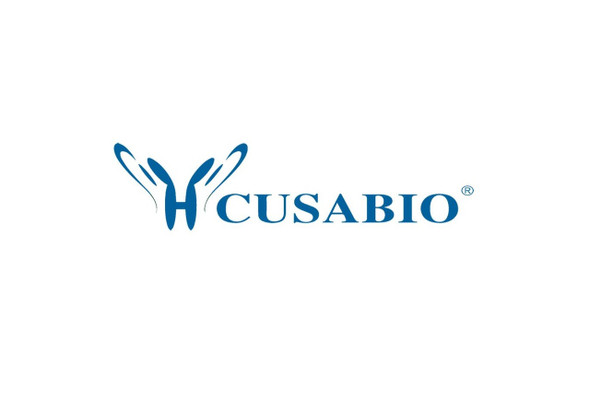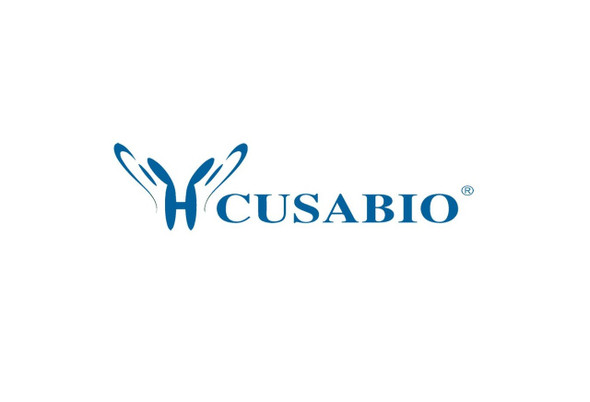Cusabio Virus & Bacteria Recombinants
Recombinant Human T-cell leukemia virus 1 Protein Tax-1 (tax) | CSB-EP361045HQJ
- SKU:
- CSB-EP361045HQJ
- Availability:
- 13 - 23 Working Days
Description
Recombinant Human T-cell leukemia virus 1 Protein Tax-1 (tax) | CSB-EP361045HQJ | Cusabio
Alternative Name(s): Protein X-LOR (Protein PX) (Trans-activating transcriptional regulatory protein of HTLV-1)
Gene Names: tax
Research Areas: Cancer
Organism: Human T-cell leukemia virus 1 (strain Japan ATK-1 subtype A) (HTLV-1)
AA Sequence: MAHFPGFGQSLLFGYPVYVFGDCVQGDWCPISGGLCSARLHRHALLATCPEHQITWDPIDGRVIGSALQFLIPRLPSFPTQRTSKTLKVLTPPITHTTPNIPPSFLQAMRKYSPFRNGYMEPTLGQHLPTLSFPDPGLRPQNLYTLWGGSVVCMYLYQLSPPITWPLLPHVIFCHPGQLGAFLTNVPYKRIEELLYKISLTTGALIILPEDCLPTTLFQPARAPVTLTAWQNGLLPFHSTLTTPGLIWTFTDGTPMISGPCPKDGQPSLVLQSSSFIFHKFQTKAYHPSFLLSHGLIQYSSFHSLHLLFEEYTNIPISLLFNEKEADDNDHEPQISPGGLEPPSEKHFRETEV
Source: E.coli
Tag Info: N-terminal 10xHis-SUMO-tagged and C-terminal Myc-tagged
Expression Region: 1-353aa
Sequence Info: Full Length
MW: 55.5 kDa
Purity: Greater than 85% as determined by SDS-PAGE.
Relevance: Transcriptional activator that governs the viral transcription from the 5'LTR via the recruitment of dimers of host phosphorylated CREB1. Together they bind cAMP response elements within the viral promoter and mediate high-level viral transcription. Increases host CREB1 O-GlcNAcylation to further increase 5'LTR transactivation. Modulates also the expression of cellular genes leading to the deregulation of T-cell proliferation, perturbing the integrity of cell cycle checkpoints, the DNA damage response and apopototic pathways. Acts as an ubiquitin E3 ligase and stimulates host IKK complex by catalyzing the assembly of free mixed-linkage polyubiquitin chains, resulting in constitutive activation of the transcription factor NF-kappa-B. Inhibits the host nonsense-mediated mRNA decay, a cellular process that can actively degrade mRNAs by interacting with host UPF1.
Reference: "Human T-cell leukemia virus type 1 Tax requires direct access to DNA for recruitment of CREB binding protein to the viral promoter." Lenzmeier B.A., Giebler H.A., Nyborg J.K. Mol. Cell. Biol. 18:721-731(1998)
Storage: The shelf life is related to many factors, storage state, buffer ingredients, storage temperature and the stability of the protein itself. Generally, the shelf life of liquid form is 6 months at -20?/-80?. The shelf life of lyophilized form is 12 months at -20?/-80?.
Notes: Repeated freezing and thawing is not recommended. Store working aliquots at 4? for up to one week.
Function:
Involvement in disease:
Subcellular Location:
Protein Families:
Tissue Specificity:
Paythway:
Form: Liquid or Lyophilized powder
Buffer: If the delivery form is liquid, the default storage buffer is Tris/PBS-based buffer, 5%-50% glycerol. If the delivery form is lyophilized powder, the buffer before lyophilization is Tris/PBS-based buffer, 6% Trehalose, pH 8.0.
Reconstitution: We recommend that this vial be briefly centrifuged prior to opening to bring the contents to the bottom. Please reconstitute protein in deionized sterile water to a concentration of 0.1-1.0 mg/mL.We recommend to add 5-50% of glycerol (final concentration) and aliquot for long-term storage at -20?/-80?. Our default final concentration of glycerol is 50%. Customers could use it as reference.
Uniprot ID: P03409
HGNC Database Link: N/A
UniGene Database Link: N/A
KEGG Database Link: N/A
STRING Database Link: N/A
OMIM Database Link: N/A









